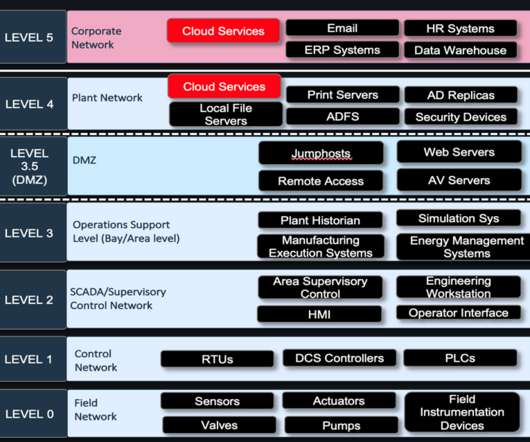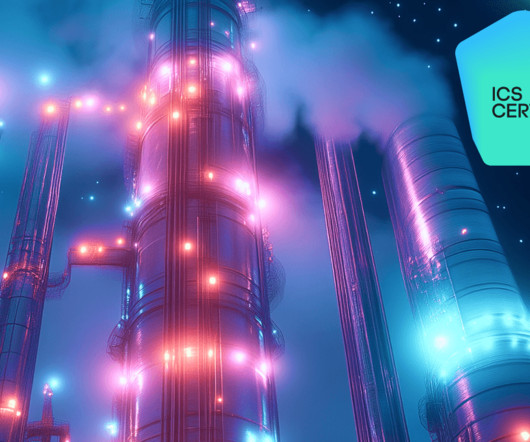GUEST ESSAY: Taking proactive steps to heal the planet — by reducing the impact of video streaming
The Last Watchdog
DECEMBER 3, 2023
Encoders, for instance, consume significantly more energy than decoders – sometimes as much as 5 to 10 times as much energy, in comparison. Optimizing energy use Carbon footprint assessment must encompass all direct and indirect emissions within the value chain. Embracing energy-efficient design principles.













Let's personalize your content